









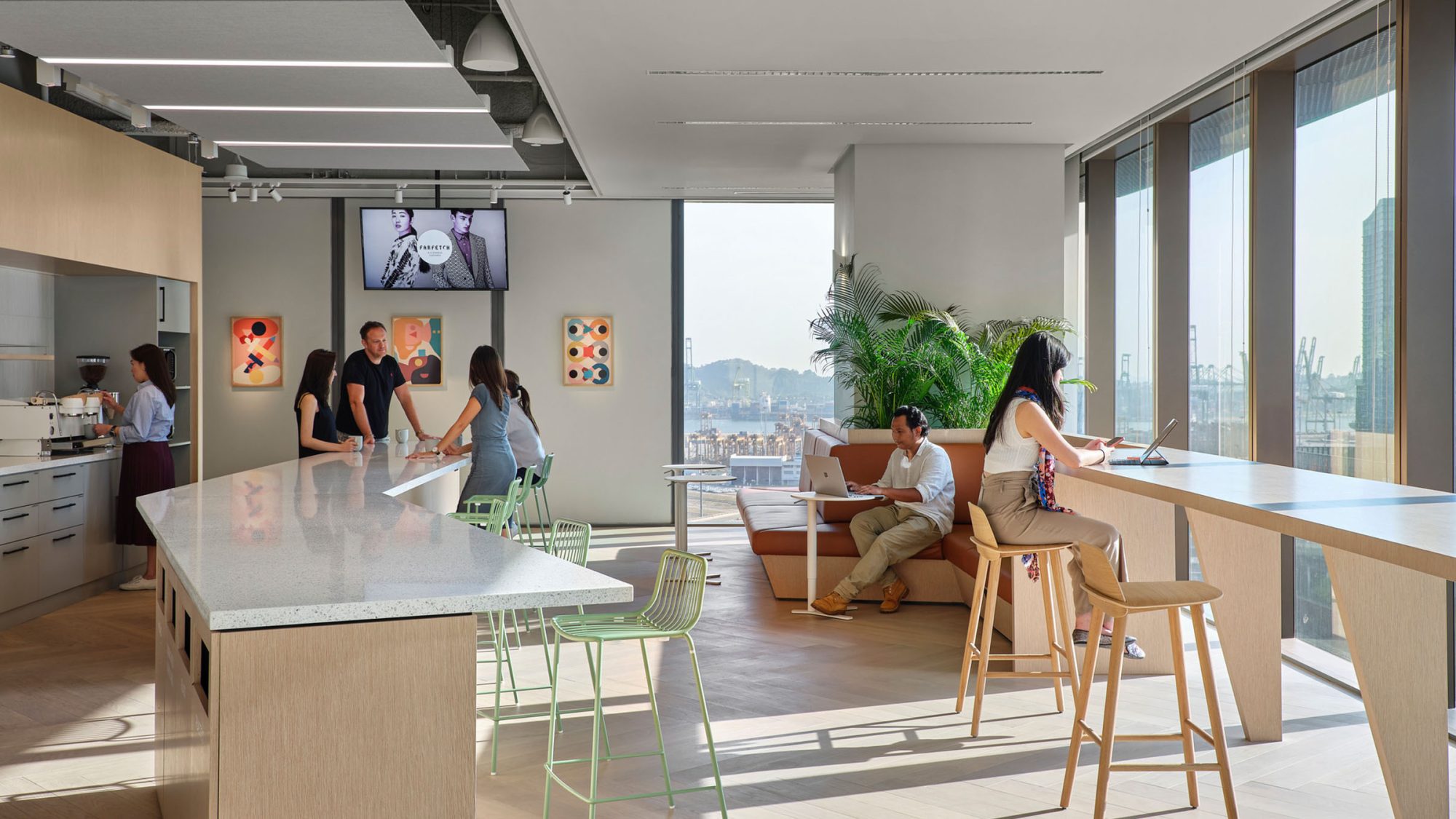
Comparing the environmental impact of different products is becoming increasingly important when planning and designing workplaces. Global standards, such as Environmental Product Declarations (EPDs), provide objective, transparent and independently verified information on a product’s environmental impact throughout its life cycle. This article explores the benefits of EPDs and other material certifications.
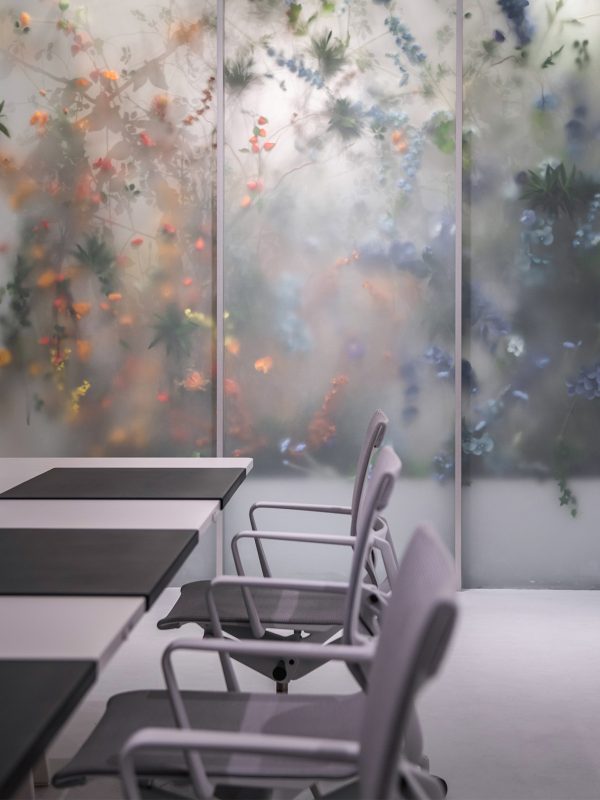 Our project for On in Shanghai incorporates vetted, eco-friendly materials.
Our project for On in Shanghai incorporates vetted, eco-friendly materials. EPDs signal a manufacturer’s commitment to measuring and reducing the environmental impact of its products and services. To obtain an EPD, manufacturers report comparable, objective, and third-party verified data.
When developing an EPD, the product’s environmental performance is described from a life cycle perspective by carrying out a life cycle assessment (LCA). The results of the LCA study and other information mandated by the reference PCR and General Programme Instructions are then compiled in the EPD reporting format. An EPD is independently verified before being registered and published via an EPD Portal at the International EPD System.
The downside is the expense involved in obtaining an EPD can exclude smaller manufacturers from the market. These suppliers may work hard to develop sustainable products but struggle to justify the investment. To encourage innovation, we often work with smaller organisations to look at their products and meet the reporting requirements of our clients.
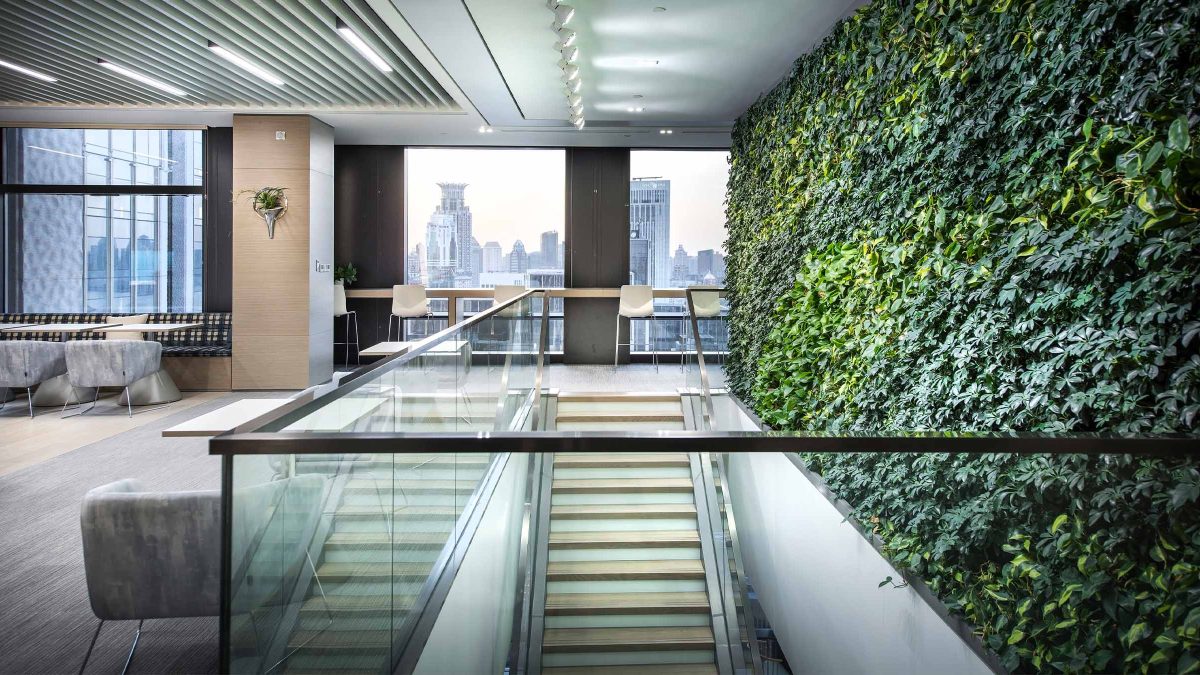
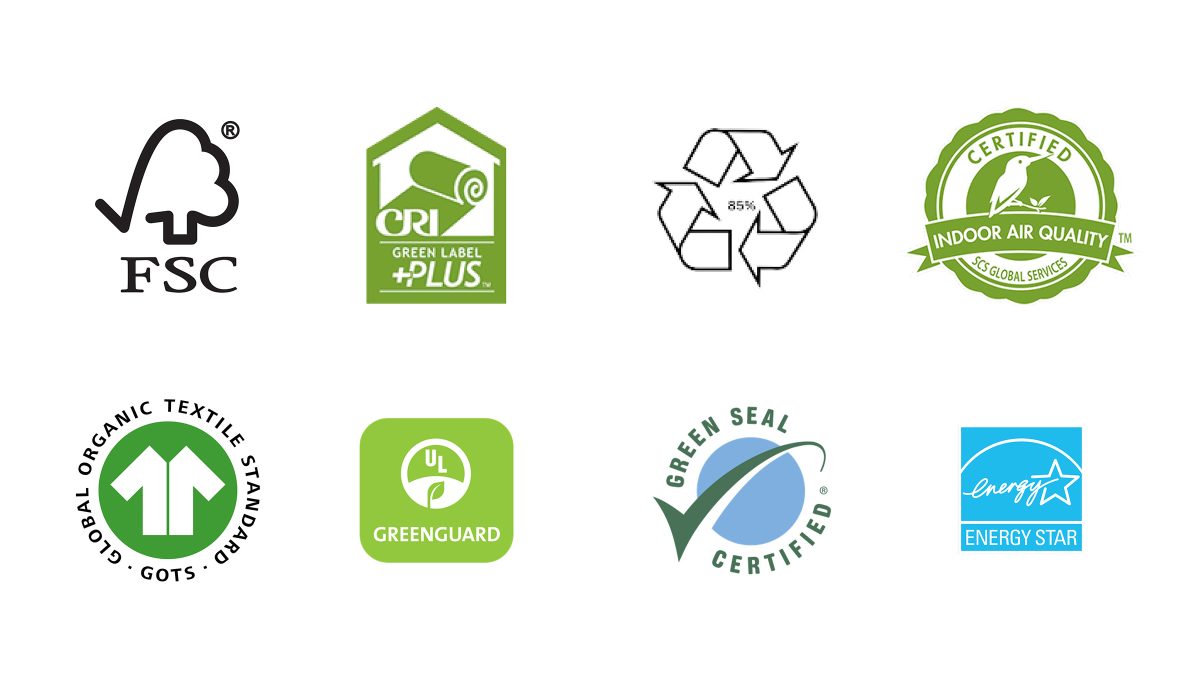
Using EPDs and products with environmental certifications can significantly benefit our clients’ workplace designs in several ways:
Sustainability commitment: By integrating EPDs and certified products, we align with our client’s values and goals for environmentally responsible design.
Environmental impact reduction: EPDs offer verified insights into product environmental impacts, such as carbon emissions, water usage and energy consumption. By choosing low-impact products, we assist clients in minimising their workplace’s environmental footprint.
Compliance and standards: Clients often have sustainability targets driven by regulations, corporate policies or industry standards. Using certified products ensures compliance and demonstrates adherence to recognised sustainability standards.
Health and wellbeing: Certain environmental certifications, like those for indoor air quality or material safety, promote occupant health. By choosing certified products, we support healthier and more comfortable workplaces for our clients and their employees.
Long-term cost savings: Despite potentially higher upfront costs, environmentally certified products frequently yield savings over time via energy efficiency, reduced maintenance and enhanced durability. We assist clients in assessing the life cycle cost benefits of sustainable choices, guaranteeing lasting value from investments in certified products.
Future-proofing: Sustainability is becoming a critical aspect of business resilience and future-proofing. By integrating EPDs and certified products into workplace design, we help clients anticipate and adapt to evolving regulatory requirements, market preferences and environmental challenges.
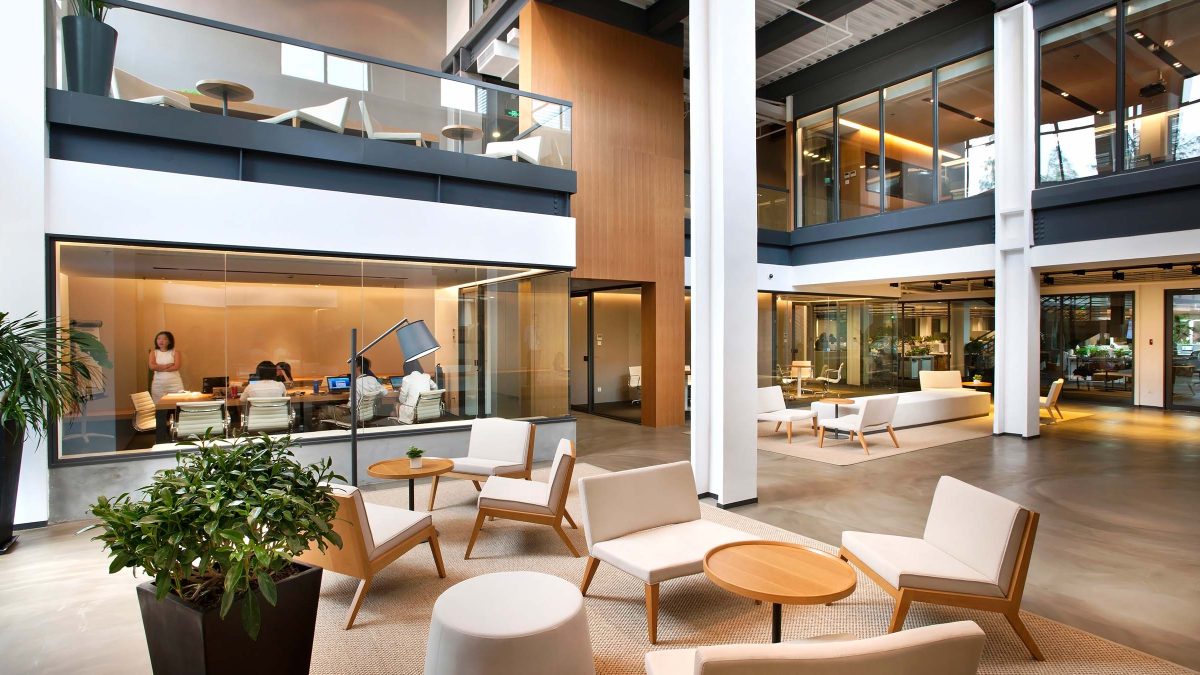
As businesses worldwide increasingly prioritise sustainability, integrating environmentally responsible practices into workplace design has never been more critical.
By incorporating products with EPDs and environmental certifications into projects, we assist our clients in achieving their sustainability goals. In turn, this supports their employees’ health and wellbeing.
Looking for assistance with your upcoming project? Learn how our sustainability services ensure environmentally conscious design remains a central focus throughout a project’s lifespan.